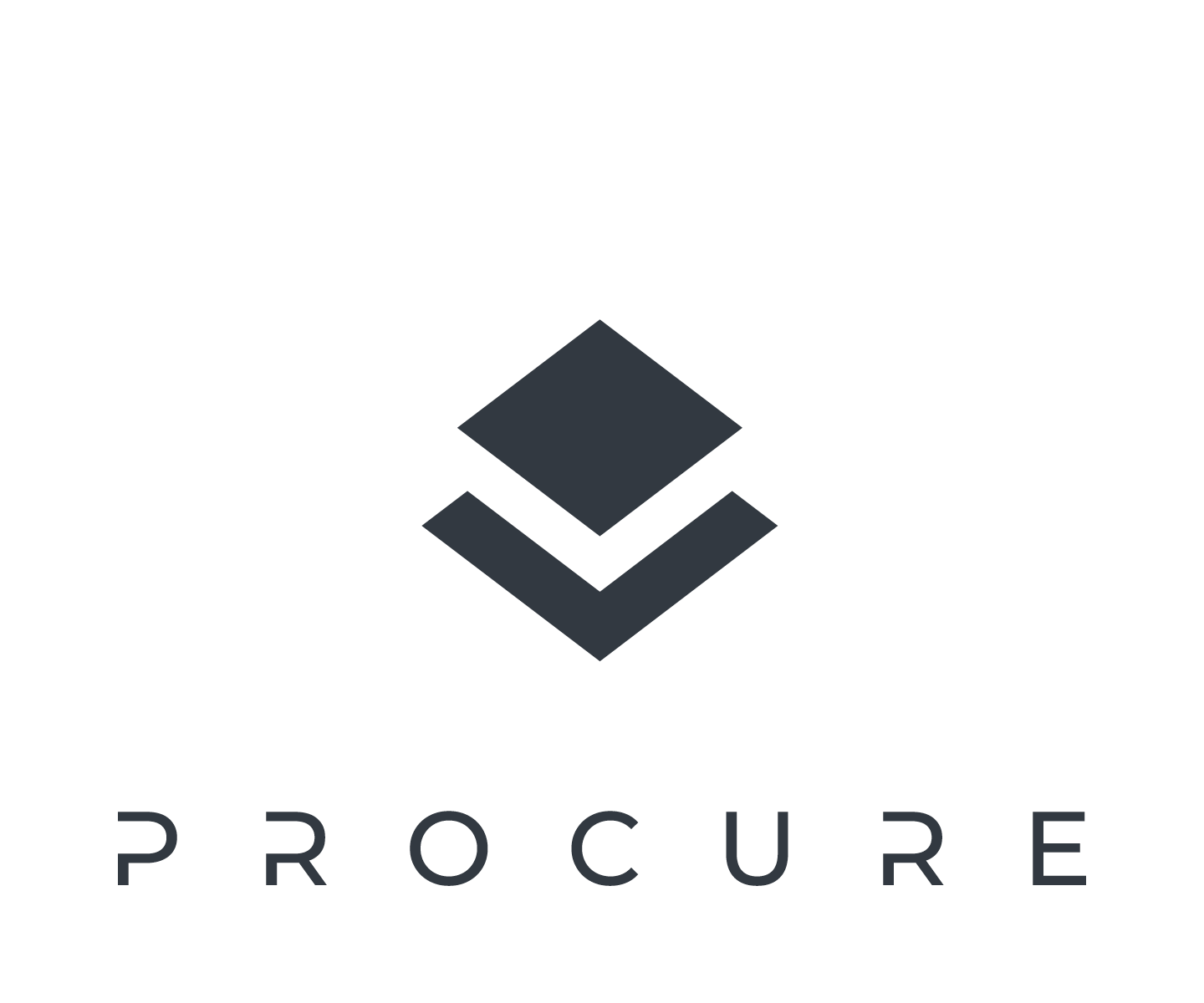Anticipation, Prevention
and Mitigation in Healthcare
Supply Chains
Thematic Area 3 of the Community of Interest Forum (COIF) | PROCURE Project
In the context of the PROCURE project’s Community of Interest Forum (COIF), Thematic Area 3 explores strategies to anticipate, prevent, and mitigate supply chain disruptions in healthcare.
This thematic area has been addressed through a series of webinars, focusing first on identifying vulnerabilities within supply chains, and subsequently on the tools and mechanisms available to address them effectively.
From Vulnerability to Resilience: A Two-Part Webinar Series
The first webinar laid the foundation by focusing on the identification of vulnerabilities in healthcare supply chains. The session brought together stakeholders from across Europe to share challenges and insights related to procurement and logistics in the healthcare sector. It explored the complexity of medical supply chains, which often involve numerous components sourced from different countries and providers. This inherent complexity creates potential weak points that can be severely exposed during times of crisis, such as pandemics or geopolitical tensions.
Participants discussed the major concerns affecting supply chains, such as limited diversification of suppliers, insufficient transparency across logistics processes, and a lack of real-time data for demand forecasting. The key objective was to create a shared understanding of the challenges that must be addressed to build more robust, responsive, and resilient supply systems across Europe.
Building on the insights from the first session, the second webinar focused on strategies to address those vulnerabilities through anticipation, risk prevention, and mitigation mechanisms. The session was moderated by Iris Menéndez, project manager at IACS (Aragonese Institute of Health Sciences), with contributions from Mercedes Domingo, Warehouse Service Manager at SALUD, and José María Díaz, Assistant Director of Purchasing and Logistics at SALUD.
Understanding and Securing the Supply Chain
One of the core messages was that every product supply chain is unique. Failures in these chains—often caused by delayed components, single-source dependencies, or insufficient stock—can have critical consequences for healthcare services and public health outcomes. Therefore, a thorough understanding of each chain, from supplier mapping to logistics, is crucial.
Prevention and anticipation are essential. As presented by SALUD, the Aragonese Health Service, measures such as increasing material stock levels (from 1.5 to 2.25 months), monitoring potential shortages ten days before expected consumption, and using open procurement procedures can dramatically reduce the risk of supply disruptions. In SALUD’s case, these strategies brought out-of-stock incidents down to just 0.01%, showcasing a model of best practice in supply chain management.
The importance of risk analysis was also highlighted using the case of insulin. Price volatility, export country stability, and the identification of essential medicines during crises were presented as core considerations in developing early warning systems.
Diversification and Collaboration: Key Preventive Strategies
Webinar participants explored the diversification of suppliers as a method for reducing dependency and increasing flexibility. This includes market analysis to identify new providers and promoting public-private, public-public, and international collaborations. The benefits of open procurement procedures, which allow multiple approved suppliers to be engaged for a single product, were discussed as a key mitigation strategy.
Through interactive tools like Mentimeter, participants were allowed to actively participate in the meeting, for example, they shared the types of open procedures used in their institutions and prioritised various risk prevention strategies. This active engagement allowed for a dynamic exchange of experiences and knowledge.
Mitigation Mechanisms and Response Readiness
The session also addressed mitigation strategies that can be applied when a disruption occurs. These included penalty clauses, automatic order claims, and digital tracking systems to ensure rapid responses. Participants were asked to assess the impact-effort ratio of each tool, which further contributed to an evidence-based understanding of the most practical and effective measures.
A noteworthy follow-up from the webinar was the sharing of a guide flowchart by MedTech Europe, in collaboration with AESGP and COCIR, to support the implementation of Article 10a of MDR/IVDR. This EU regulation introduces an obligation for medical device manufacturers to report any interruption or discontinuation of supply, further strengthening transparency and risk management in the sector. The guide is accessible at:
https://www.medtecheurope.org/resource-library/article-10a-mdr-ivdr-decision-guide-flowchart
Through this two-part series, Thematic Area 3 of the COIF demonstrated the value of collaborative knowledge exchange in building stronger and more resilient healthcare procurement systems. The first webinar helped define the challenges, while the second focused on practical tools to tackle them—emphasising the need for proactive planning, data-driven decision-making, and collaborative partnerships across the supply chain ecosystem.

